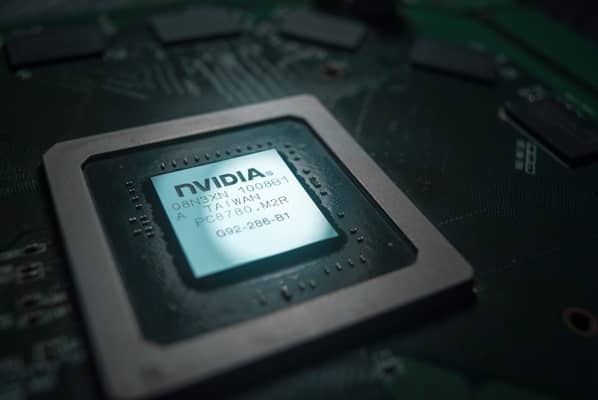Nvidia has once again blown past expectations. The tech giant posted a staggering 78% revenue increase year over year, reaching $39.3 billion, while net income surged 80% to $22.1 billion.
At the helm of this relentless success is Jensen Huang, a CEO who embodies the key traits of visionary leadership, strategic risk-taking, and operational discipline.
His approach offers invaluable lessons for business leaders aiming to drive sustained success in an ever-evolving market.
The overriding takeway from Huang is the power of unwavering conviction. He has never merely followed industry trends—he has shaped them.
When DeepSeek, a Chinese AI start-up, recently claimed it could train models on less advanced chips than Nvidia’s, many saw it as a potential challenge.
Huang, however, remained steadfast, positioning Nvidia’s latest-generation Blackwell chips as indispensable for the AI revolution.
His confidence in his company’s trajectory demonstrates the importance of believing in your vision and committing fully to its execution.
Another lesson is the necessity of perpetual reinvention. Nvidia’s leadership in AI didn’t happen by accident; it was forged through a culture of continuous innovation. While many companies hesitate, fearing disruption, Huang embraces it.
He ensures that Nvidia is always building the next breakthrough before competitors have even caught up with the last one. This proactive approach allows the company to set the pace rather than react to the market.
This culture of relentless innovation extends beyond just the products. Huang understands that great companies must also reinvent their business models.
The tech titan has evolved from a graphics chip company to a powerhouse in AI, gaming, and data centres, demonstrating how leaders must be willing to pivot when opportunities arise.
Many legacy firms cling to outdated models, hoping incremental change will be enough. Yet this powerhouse CEO proves that bold transformation is often the only path to long-term dominance.
Strategic risk-taking is another hallmark of Huang’s leadership. He doesn’t play it safe—he bets big on the future. Instead of incremental improvements, Nvidia invests heavily in transformative technologies that redefine industries.
This willingness to take calculated risks while maintaining executional excellence separates industry leaders from followers.
Another striking aspect of Huang’s leadership is his ability to make Nvidia indispensable to the broader tech ecosystem.
Rather than operating in isolation, the company has forged critical partnerships with major players like Microsoft, Google, and Tesla, embedding Nvidia’s technology deep into AI and cloud computing infrastructure.
By positioning itself as a cornerstone of the AI revolution, Nvidia ensures that its success is intertwined with that of the entire industry. This level of strategic alignment is something that business leaders in all sectors should strive for—true power lies in becoming an ecosystem enabler, not just a product provider.
Finally, Huang exemplifies the fusion of bold vision and ruthless execution. It’s not enough to have big ideas; they must be delivered at scale and with precision.
Nvidia’s financial results are not the product of hype but of disciplined, high-impact decision-making. The lesson here is clear: ambition must be matched with execution, or it remains just ambition.
Huang’s remarkable leadership proves that clarity of purpose, relentless innovation, and the courage to take bold risks are the defining factors of sustained success.

